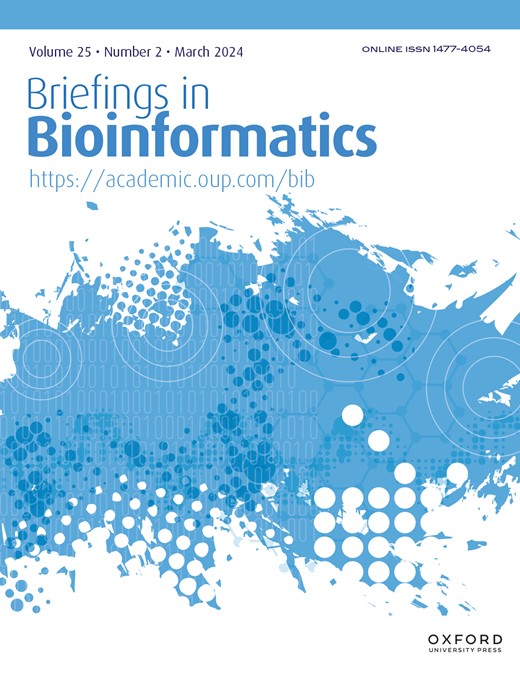Comprehensive assessment of long-read sequencing platforms and calling algorithms for detection of copy number variation.
IF 6.8
2区 生物学
Q1 BIOCHEMICAL RESEARCH METHODS
引用次数: 0
Abstract
Copy number variations (CNVs) play pivotal roles in disease susceptibility and have been intensively investigated in human disease studies. Long-read sequencing technologies offer opportunities for comprehensive structural variation (SV) detection, and numerous methodologies have been developed recently. Consequently, there is a pressing need to assess these methods and aid researchers in selecting appropriate techniques for CNV detection using long-read sequencing. Hence, we conducted an evaluation of eight CNV calling methods across 22 datasets from nine publicly available samples and 15 simulated datasets, covering multiple sequencing platforms. The overall performance of CNV callers varied substantially and was influenced by the input dataset type, sequencing depth, and CNV type, among others. Specifically, the PacBio CCS sequencing platform outperformed PacBio CLR and Nanopore platforms regarding CNV detection recall rates. A sequencing depth of 10x demonstrated the capability to identify 85% of the CNVs detected in a 50x dataset. Moreover, deletions were more generally detectable than duplications. Among the eight benchmarked methods, cuteSV, Delly, pbsv, and Sniffles2 demonstrated superior accuracy, while SVIM exhibited high recall rates.全面评估用于检测拷贝数变异的长线程测序平台和调用算法。
拷贝数变异(CNV)在疾病易感性中起着举足轻重的作用,在人类疾病研究中得到了深入的研究。长读程测序技术为全面的结构变异(SV)检测提供了机会,最近已开发出许多方法。因此,迫切需要对这些方法进行评估,帮助研究人员选择合适的技术,利用长读程测序技术检测 CNV。因此,我们对来自 9 个公开样本的 22 个数据集和 15 个模拟数据集中的 8 种 CNV 调用方法进行了评估,这些数据集涵盖多个测序平台。CNV 调用方法的总体性能差异很大,并受到输入数据集类型、测序深度和 CNV 类型等因素的影响。具体来说,在 CNV 检测召回率方面,PacBio CCS 测序平台优于 PacBio CLR 和 Nanopore 平台。10 倍的测序深度能识别 50 倍数据集中检测到的 85% 的 CNV。此外,缺失的检测率普遍高于重复。在八种基准方法中,cuteSV、Delly、pbsv 和 Sniffles2 的准确率较高,而 SVIM 的召回率较高。
本文章由计算机程序翻译,如有差异,请以英文原文为准。
求助全文
约1分钟内获得全文
求助全文
来源期刊

Briefings in bioinformatics
生物-生化研究方法
CiteScore
13.20
自引率
13.70%
发文量
549
审稿时长
6 months
期刊介绍:
Briefings in Bioinformatics is an international journal serving as a platform for researchers and educators in the life sciences. It also appeals to mathematicians, statisticians, and computer scientists applying their expertise to biological challenges. The journal focuses on reviews tailored for users of databases and analytical tools in contemporary genetics, molecular and systems biology. It stands out by offering practical assistance and guidance to non-specialists in computerized methodologies. Covering a wide range from introductory concepts to specific protocols and analyses, the papers address bacterial, plant, fungal, animal, and human data.
The journal's detailed subject areas include genetic studies of phenotypes and genotypes, mapping, DNA sequencing, expression profiling, gene expression studies, microarrays, alignment methods, protein profiles and HMMs, lipids, metabolic and signaling pathways, structure determination and function prediction, phylogenetic studies, and education and training.
 求助内容:
求助内容: 应助结果提醒方式:
应助结果提醒方式:


